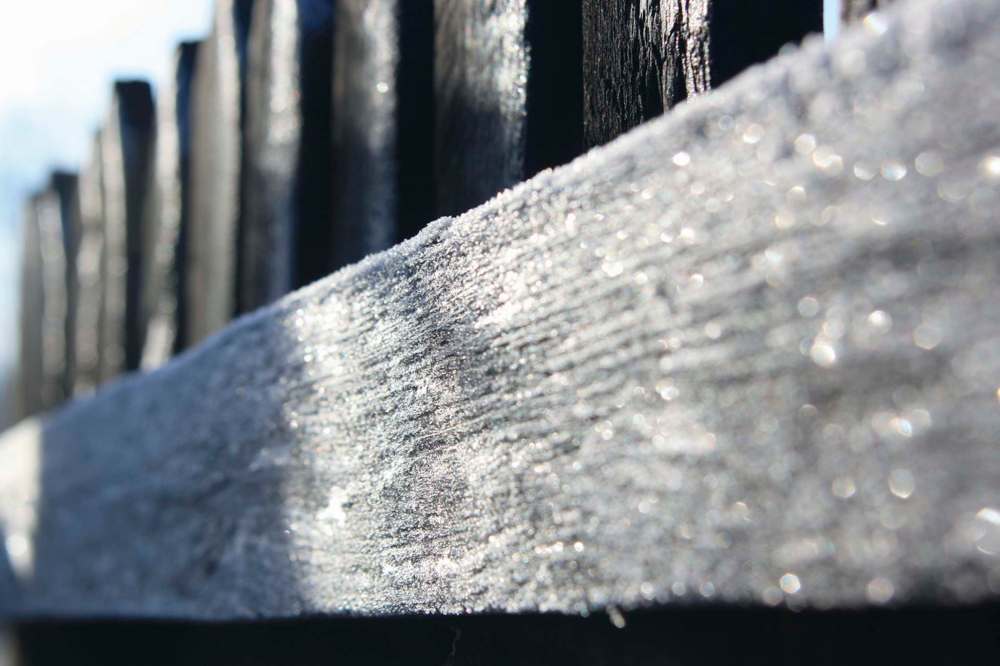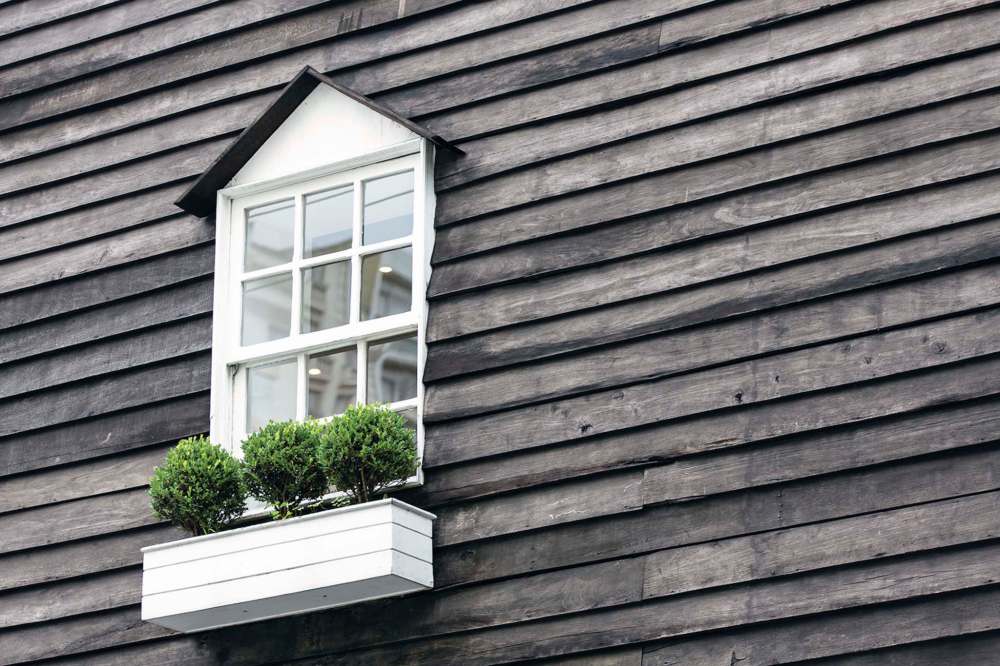Yakisugi: the charred-wood trend
Advertisement
Read this article for free:
or
Already have an account? Log in here »
We need your support!
Local journalism needs your support!
As we navigate through unprecedented times, our journalists are working harder than ever to bring you the latest local updates to keep you safe and informed.
Now, more than ever, we need your support.
Starting at $15.99 plus taxes every four weeks you can access your Brandon Sun online and full access to all content as it appears on our website.
Subscribe Nowor call circulation directly at (204) 727-0527.
Your pledge helps to ensure we provide the news that matters most to your community!
To continue reading, please subscribe:
Add Brandon Sun access to your Free Press subscription for only an additional
$1 for the first 4 weeks*
*Your next subscription payment will increase by $1.00 and you will be charged $20.00 plus GST for four weeks. After four weeks, your payment will increase to $24.00 plus GST every four weeks.
Read unlimited articles for free today:
or
Already have an account? Log in here »
Hey there, time traveller!
This article was published 28/04/2021 (1681 days ago), so information in it may no longer be current.
Shou sugi ban is a traditional Japanese technique of burning wood planks — usually cedar or larch — to preserve the wood and protect it against UV rays, moisture, insects and other sources of damage. The result of this weatherproofing process is a striking, charcoal-black wood plank known as yakisugi.
While yakisugi was traditionally used as a material for siding, this blackened wood is becoming increasingly popular for other applications. The product can now be found indoors on walls and floors and outdoors to construct fences and decks.
In addition to its unique appearance, yakisugi is renowned for its durability. The process of scorching planks in a controlled environment eliminates moisture and hardens the wood. In fact, it’s estimated that this material, when correctly made, has a usable lifespan of at least 80 years. What’s more, burnt wood is resistant to fire.

In terms of care, these treated wood planks have the benefit of requiring virtually no maintenance. However, applying a natural oil to the surface every 15 years or so can help protect yakisugi from the elements.
————————
Yakisugi is considered an environmentally friendly material because the treatment and maintenance of the wood doesn’t require the use of chemicals or other harmful products.
————————

